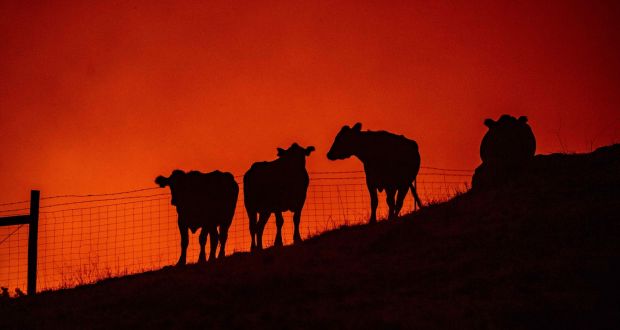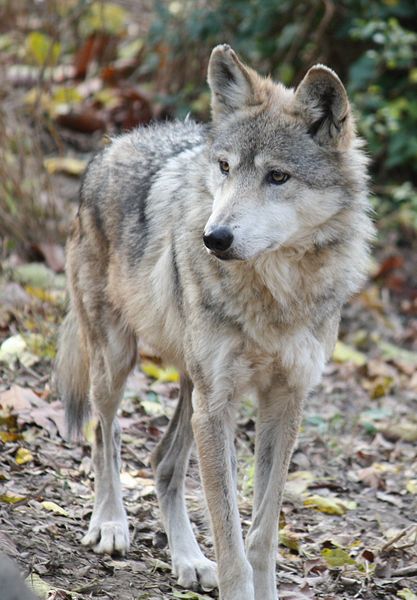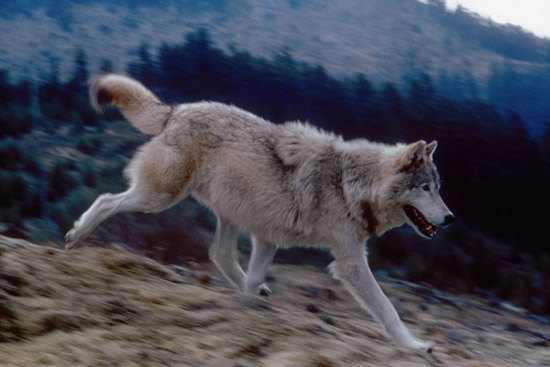September 2020
-
The National Park Service has released its management plan for Agriculture in the Point Reyes National Seashore. That is right—agriculture in a national park system unit. The decision to continue livestock production in Point Reyes National Seashore demonstrates once again why allowing any commercial resource use in our parklands compromises the primary goals of our…
-
In a recent news story, the Sacramento Bee speculated that cattle grazing might be a “secret weapon” to fight fire. The story presents the dangerously simplistic claim that cattle grazing reduces fire risk, based on an unpublished study funded by the California Cattle Council, the results of which have yet to be subjected to the rigors of scientific review.…
-
Senators Steve Daines of Montana and Diane Feinstein of California have once again introduced legislation, the “Emergency Wildfire and Public Safety Act of 2020” that is based upon misguided assumptions that fuel reductions will preclude the large blazes occurring as the West. Never mind that climate change is the driving force in all these fires…
-
The influence of fire suppression is exaggerated. The idea that there was a “hundred years” of fire suppression ignores the fact that in the early 1920s and 1930s as much as 50 million acres burned annually. Furthermore, climate controls fires, as indicated by the cool, moist decades between the 1940s-1980s. Courtesy of Ralph Bloomer. With…
-
Readers of this blog won’t be the least bit surprised with the content of this op-ed by my colleague Cyndi Tuell, given the recent spate of pieces by me, here, here, and here, or this investigative article from last spring in the Arizona Daily Star. We keep writing because we keep discovering more unconvincing confirmation…
-
My colleague at Western Watersheds Project, Talasi Brooks, put out this press release yesterday after reviewing the results of a public records request to Idaho Department of Fish and Game (IDFG). She discovered some truly horrifying stats on the wolves killed in Idaho since January 1, 2020 by IDFG, Wildlife Services, and recreational killers of…
-
Due to gross similarities in size, food preference, and appearance, it is often asserted that bison and domestic cattle are ecological analogs. However, a review of their evolutionary history demonstrates that they have significant differences in evolutionary pressures that manifest themselves in strikingly different modes of resource exploitation. Compared to domestic cattle, bison wander…


